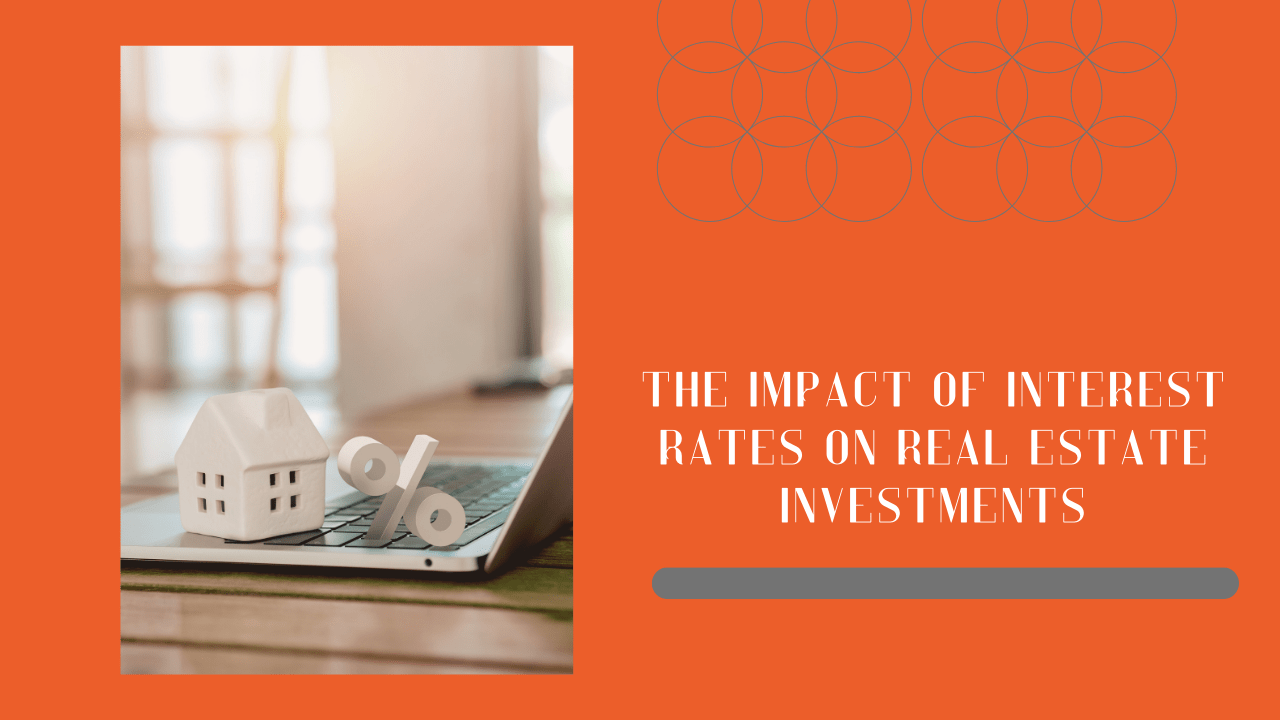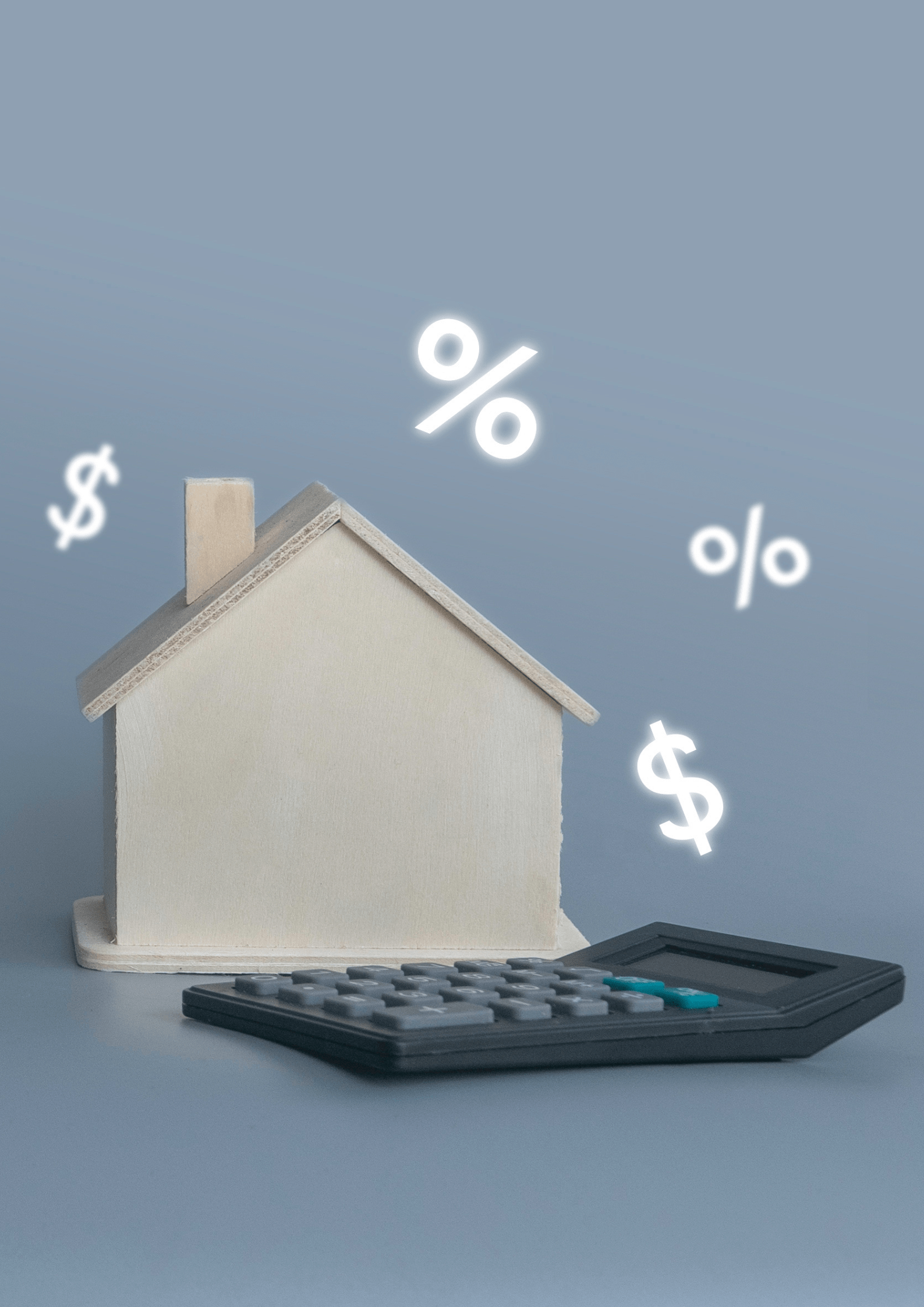
When it comes to real estate investments, there are plenty of variables to consider—location, property type, market trends, and more. However, few factors carry as much weight as interest rates. These seemingly small percentages dictate everything from your borrowing costs to property values, and they can profoundly impact your investment strategy.
Whether you're a seasoned investor or exploring the market for your first property, understanding how interest rates influence real estate investments is essential for making informed, profitable decisions.
Why Interest Rates Matter in Real Estate
Interest rates represent the cost of borrowing money, which is critical in a market where leveraging loans is common. Here’s why they’re crucial for real estate investors:
Financing Costs
An increase in interest rates means higher monthly payments for borrowed capital, making it more expensive to finance property purchases. On the flip side, lower rates make borrowing cheaper, increasing your purchasing power and potential profits.
Property Values
When interest rates rise, borrowing becomes less affordable, often driving down property demand and, consequently, property prices. Lower interest rates typically fuel demand, which can push prices higher.
Cap Rates and Returns
Interest rates indirectly impact cap rates (Capitalization Rates), which investors use to estimate returns. A higher interest rate can widen the spread between cap rates and borrowing costs, potentially reducing the attractiveness of an investment.
Market Dynamics
Rising interest rates can slow down market growth, as buyers and investors become more cautious. Conversely, lower rates can spur market activity, creating opportunities for buyers seeking higher returns.
The Two Sides of Interest Rates for Investors
While low interest rates make real estate investments more affordable and appealing, they also come with downsides, such as increased competition and inflated property prices. High interest rates, although resulting in greater borrowing costs, often lead to less competition and more negotiated deals on properties. Here's a closer look at the pros and cons of both scenarios.
Investing During Low-Interest Periods
Pros:
Lower financing costs, which can boost cash flow.
Higher purchasing power, enabling access to premium properties.
Easier to attract tenants due to steady market demand.
Cons:
Increased competition among buyers, potentially driving prices higher.
Lower returns in some cases due to heightened demand and compressed cap rates.
Investing During High-Interest Periods
Pros:
Less competition in the market, meaning greater negotiating leverage.
Purchase prices tend to stabilize or decline, offering opportunities for better deals.
Potential for higher returns on investments if rates lower in the future.
Cons:
Higher financing costs can reduce profitability.
Stricter lending approval processes may limit access to capital for some investors.
Real-Life Strategies for Navigating Interest Rate Changes
Navigating fluctuating interest rates requires strategic thinking and adaptability. Here are some proven tactics that can help maximize returns in any interest rate environment:
Lock in Fixed Rates
If you believe rates are likely to climb, opting for a fixed-rate loan can provide long-term stability and predictable payment schedules.
Leverage Refinancing Opportunities
When interest rates drop, refinancing an existing loan can significantly reduce costs and free up capital for new investments.
Prioritize High-Yield Investments
During periods of higher interest rates, focus on properties with strong cash flow to offset increased financing expenses.
Diversify Property Types
Interest rate changes can affect property segments differently. Diversifying your portfolio can help spread risk and enhance opportunity.
Keep an Eye on Upcoming Trends
Stay informed about Federal Reserve policies, economic indicators, and market sentiment. Anticipating interest rate changes can save you both time and money.
 Interest rates are a double-edged sword for real estate investors. With the right strategy, you can leverage them to your advantage, whether the rates are rising, stable, or falling. By understanding how interest rates influence financing costs, property values, and market dynamics, you’ll be better positioned to make informed investment decisions that align with your financial goals. Please contact us at Property Services of Atlanta for more information.
Interest rates are a double-edged sword for real estate investors. With the right strategy, you can leverage them to your advantage, whether the rates are rising, stable, or falling. By understanding how interest rates influence financing costs, property values, and market dynamics, you’ll be better positioned to make informed investment decisions that align with your financial goals. Please contact us at Property Services of Atlanta for more information.

 Owner Portal
Owner Portal




